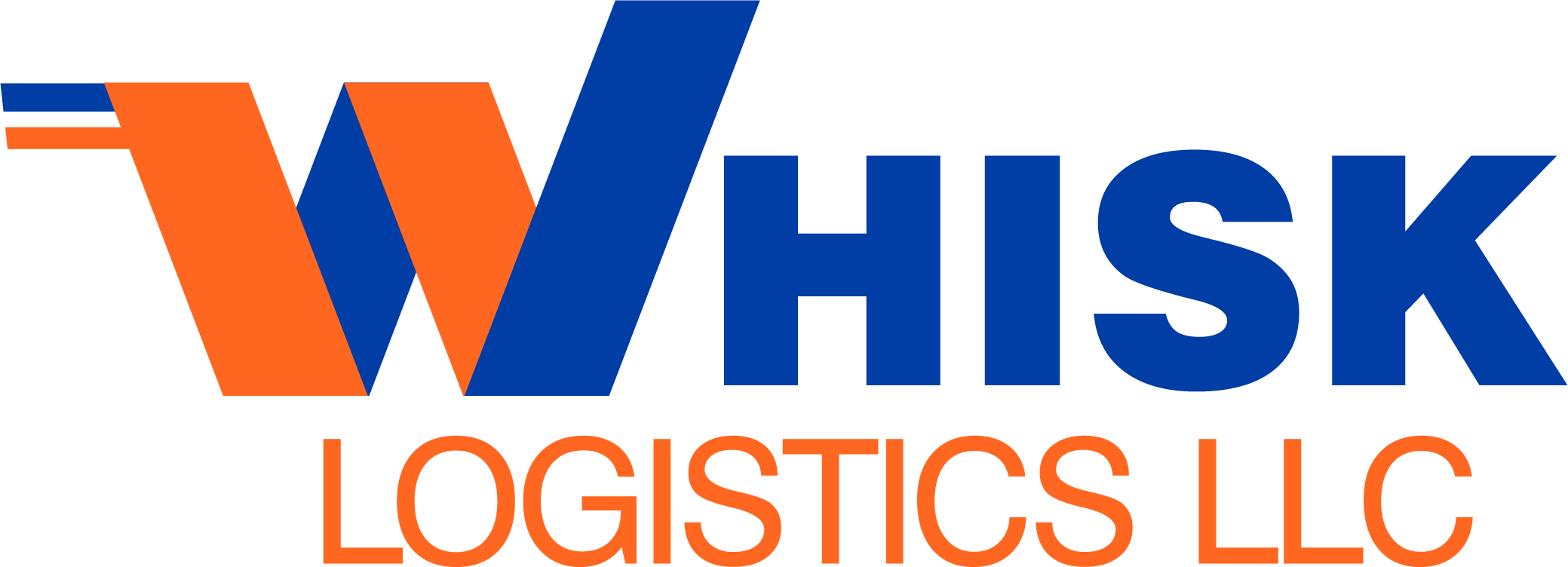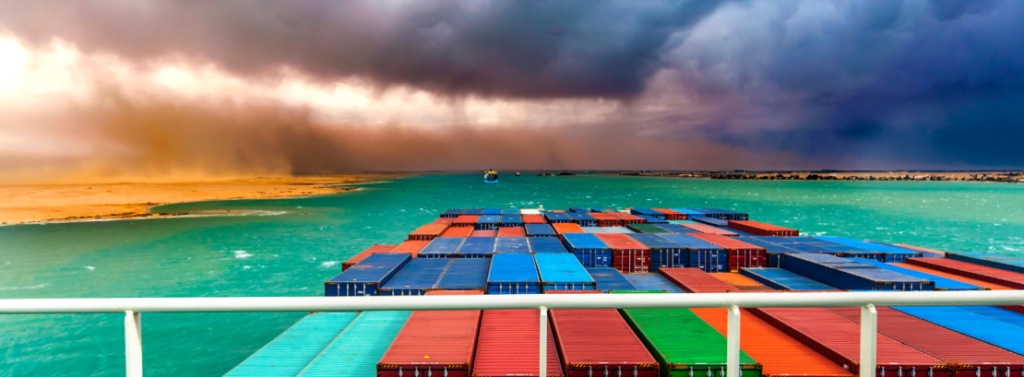Typically, the first quarter of every year marks a lull in imported shipments entering West Coast ports, coinciding with post-holiday slow periods for many US retailers and Lunar New Year celebrations in Asia. The Ports of Los Angeles and Long Beach handle roughly one-third of the total import container volume in the US. While the backlog of container ships waiting in the queue have recently fallen just below 50 (a more than 50% decline from the January 2022 peak of 109), marine terminals and analysts are raising the warning flags that the coming surge will once again flood terminals already maxed out because most warehouses in the region are full.
One of the major congestion sources at the ports is a stressed inland supply chain. Until the gaps are filled with more drivers, trucks, and inland storage space, not much can be done at the port terminals. One of the critical topics discussed recently at JOC.com’s TPM22 conference in Long Beach is when the industry can expect relief from the current supply chain bottleneck issues—many believe the current environment will exist until after the 2022 peak season at the earliest, and more likely into 2023.
Before the pandemic, one or two ships waiting in the queue was considered a backlog at the Ports of LA and Long Beach (so under 50 is undoubtedly an improvement from where we were a few months ago). Still, based on industry projections, the current lull feels ominously like the eye of the storm. According to the Port of LA’s SIGNAL platform, laden imports are projected to jump more than 60% beginning the week of March 20. WAVE, the Port of Long Beach’s digital platform, is projecting a 34% jump over the same time period. Some industry analysts predict the backlog of ships could be back above 100 by the end of April.
Preparation and planning are key… Don’t wait for the storm to hit. Contact Whisk today!

